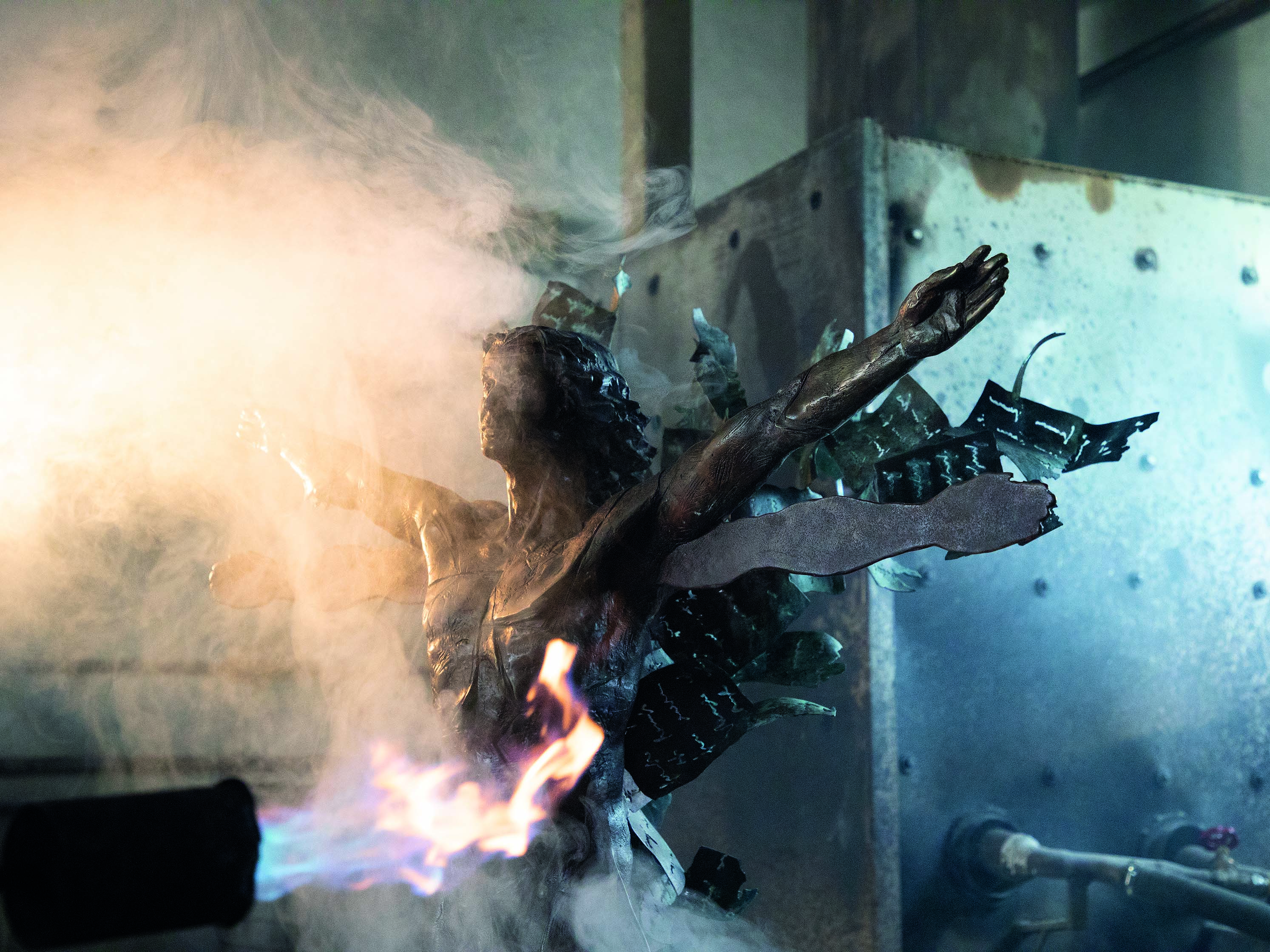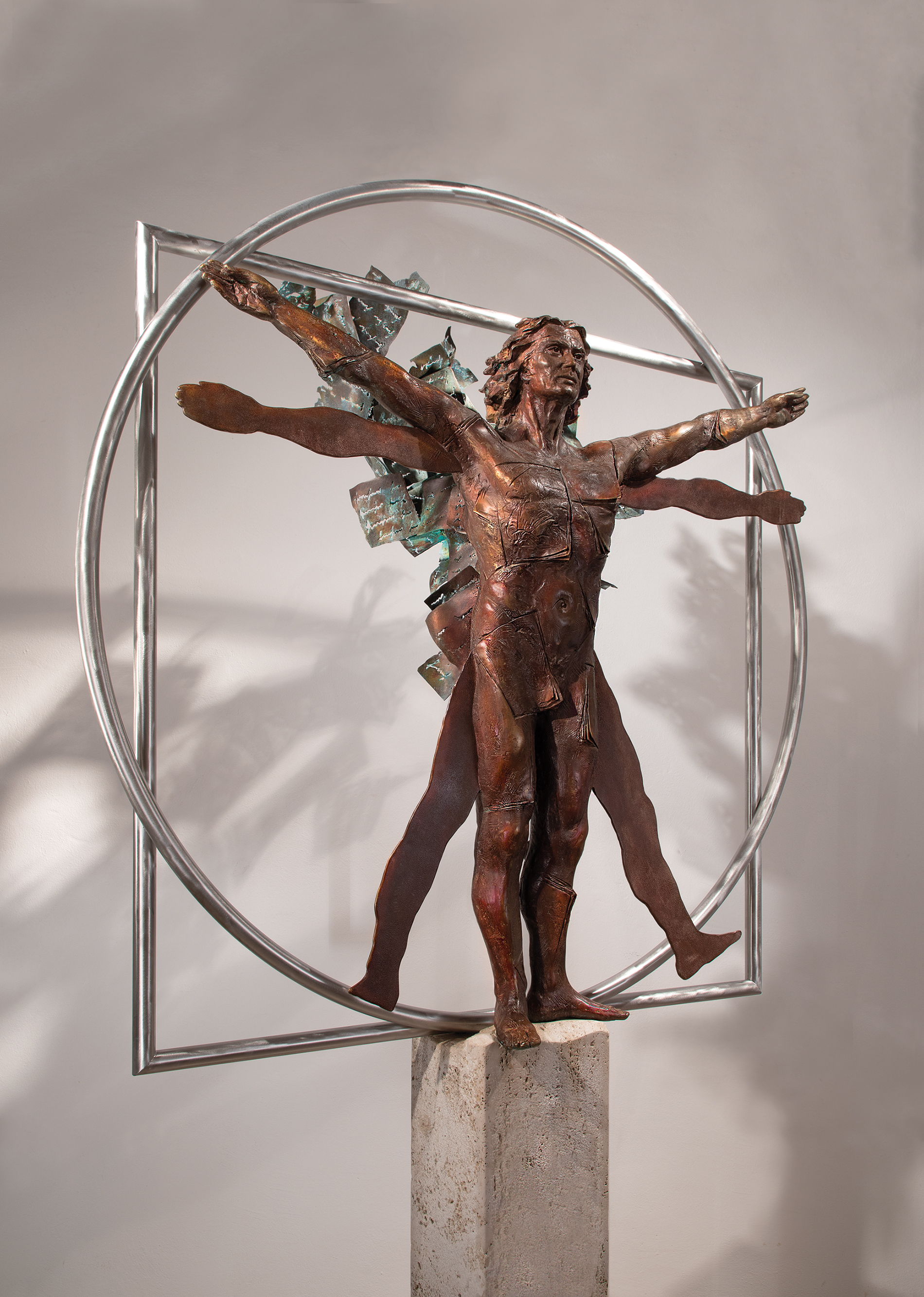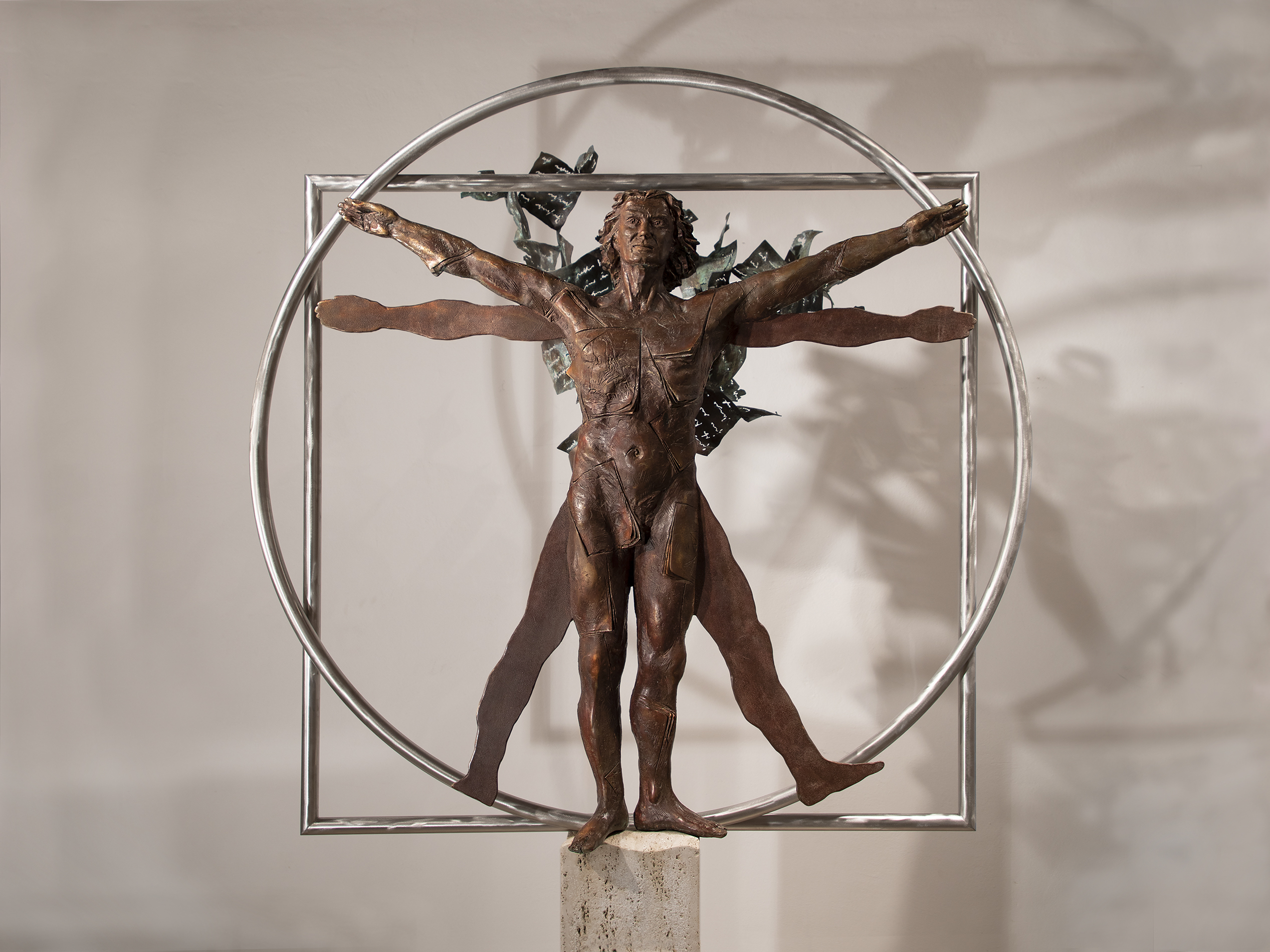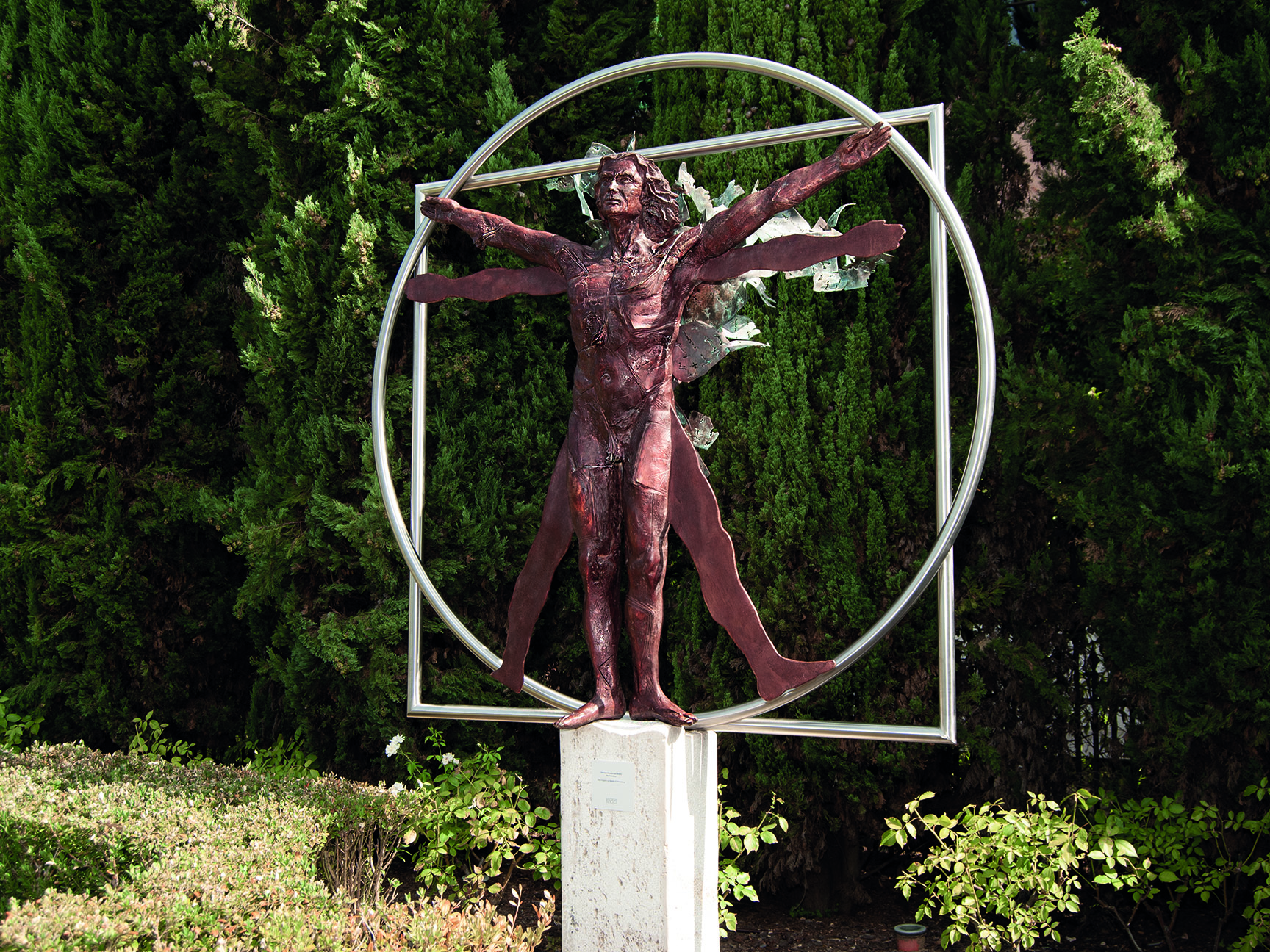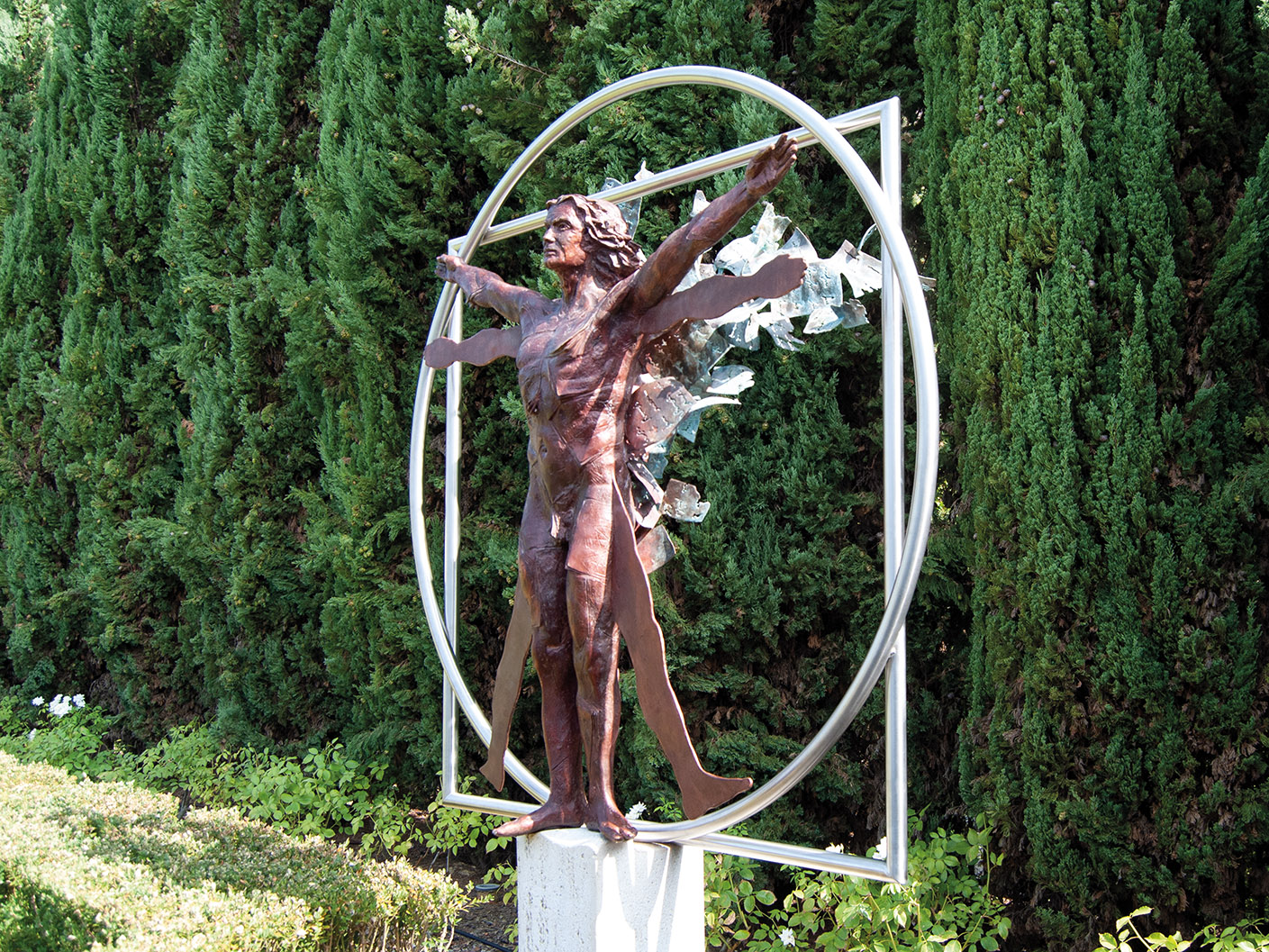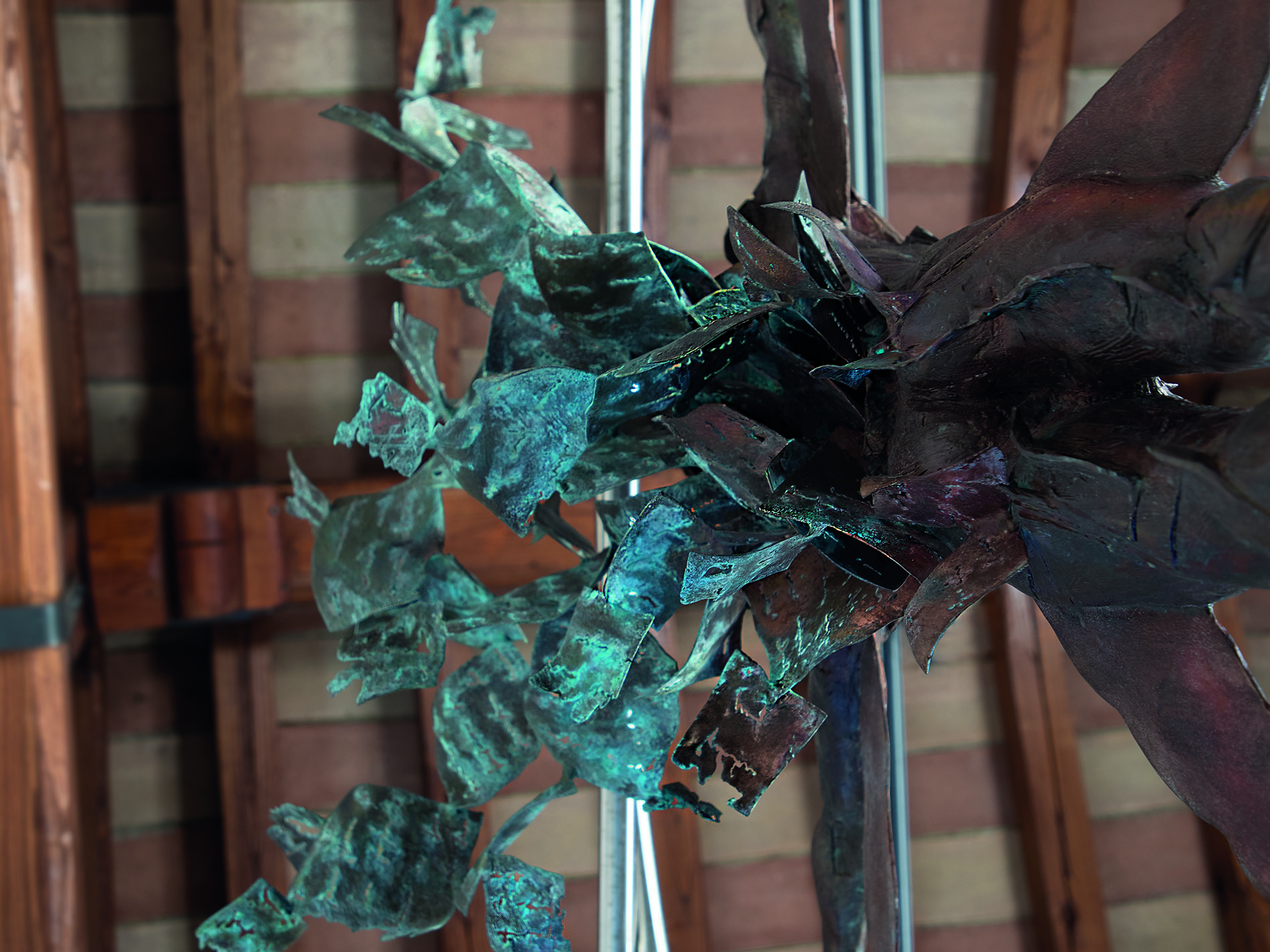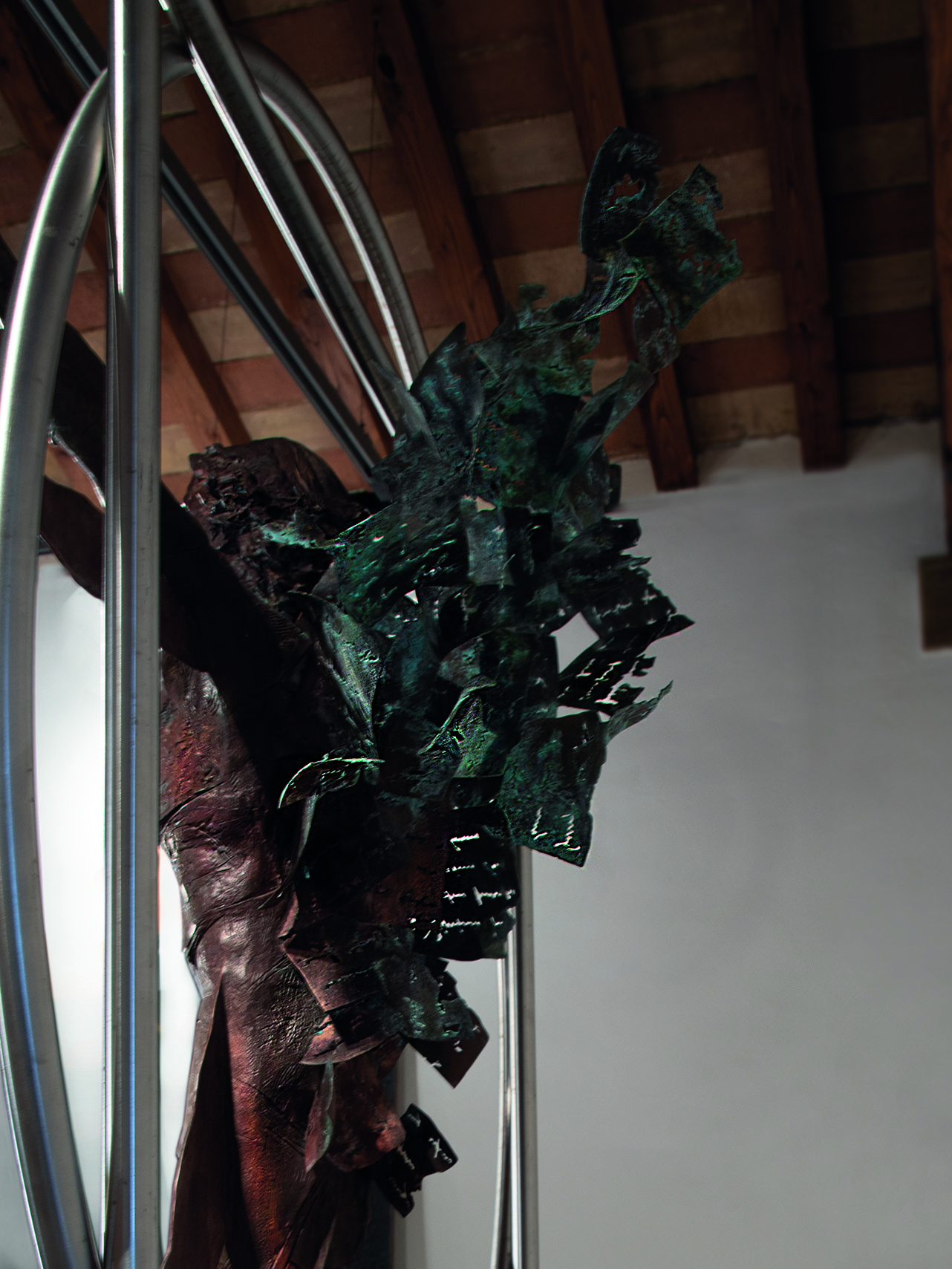Love and Creativeness
make the World go round

Or else how the Renaissance genius’ spiritual heritage relives in today’s extraordinary minds
by Jacopo Bucciantini
The ancient anthropological desire to reach the sky, to surpass limits at most of strength, to know the unknown, was brightly burning in Leonardo da Vinci, while writing: once you have known the flight, you will walk on Earth staring at the sky, because you will have been there and there you will want to go again.
Anyway, since the dawn of civilization, the dream to fly had expressed the ardent – and inner – necessity of an elevation, typical of the human being: it is no coincidence that angels – intermediary entities between human and divine – have huge white wings, especially in canonical iconography. Flight has been ethic inspiration that has stimulated intelligence, technique and creativity – until its first accomplishment, thanks to Montgolfier brothers in 1783 – whose traces have been impressed on a series of studies, such as Leonardo’s ones: not only he drew the Airscrew and the Ornithopter, but he also included his passion for the air in the realization of some cartographies – primarily the map of Valdichiana’s swamp, seen from the above, as a dreamlike ditching.
Leonardo’s authorial entail has indelibly honoured Tuscany – the bridge painted on the background of Gioconda is probably Ponte a Buriano (a little town near Arezzo) – likewise many other Tuscan Maestros have cited the Renaissance scientist through their artworks, such as Andrea Roggi, whose creation Leonardo and Our Land distinguishes particularly for oestrus and conceptual implications.
That sculpture, made entirely of bronze, is a quote to Vitruvian Man and it refers to Roggi’s deep reflection, which innovates – although it derives from – the humanistic idea, totally incarnated by the sixteenth-century artist. In fact, the subject of the artwork seems to be composed of many sheets, ennobled by Leonardo’s notes, thus it expresses the thought that knowledge is the primary essence of human beings, which, alike those pages, takes flight (not a random cross-reference) to reach other brilliant minds in search of new inspirations. It is very unusual to find a sculpture so unique that it conciliates the idea of a material inventiveness – the body of the subject – with the idea of intellectual representation – the projection of the limbs.
The cultural valor of the sculpture Leonardo and Our Land by Maestro Andrea Roggi, corresponds to the skill of the masterly hand which shaped it, but even more to the irrefutable proof that the cultural heredity of Leonardo – who died exactly 500 years ago – today vigorously survives in the exceptional talent of contemporary and compatriot artists, such as Roggi.
